
Recently Viewed


 Modular Systems HB Range Hood and Workbench System - 1200-1800mm Width
Modular Systems HB Range Hood and Workbench System - 1200-1800mm Width
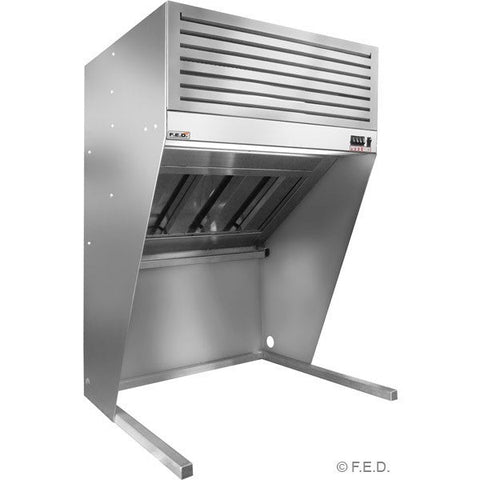

 Modular Systems HOOD Bench Top Filtered Hood - 750-1500mm Width
Modular Systems HOOD Bench Top Filtered Hood - 750-1500mm Width
750(W) x 700(D) x 1150(H)mm


 Modular Systems Range Hood And Workbench System HB1500-750
Modular Systems Range Hood And Workbench System HB1500-750
1500(W) x 750(D) x 1400(H)mm


 Woodson 850 wide Mobile Ventilation Station W.MVS850
Woodson 850 wide Mobile Ventilation Station W.MVS850
850(W) x 800(D) x 1200(H)mm
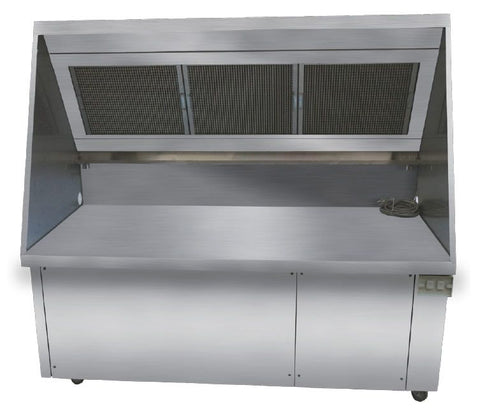
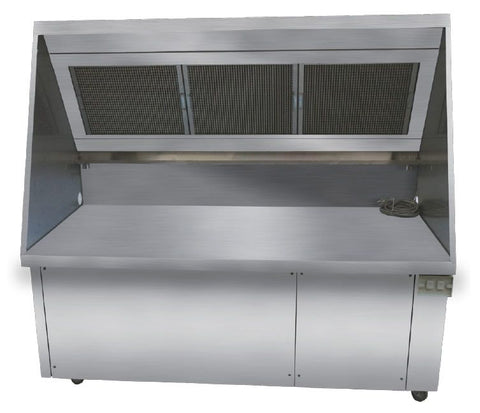
 Simcohood Ductless Exhaust Hood System
Simcohood Ductless Exhaust Hood System
1500-1800(W) x 750-850(D) x 1400(H)mm
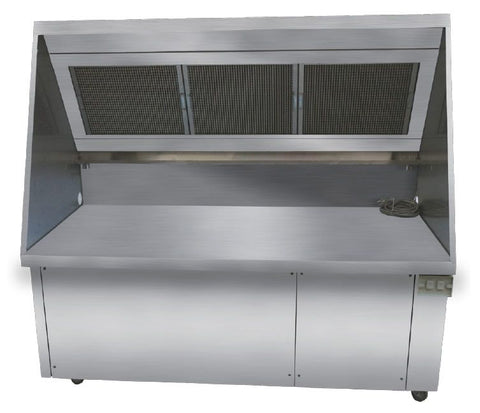

 Simcohood Ductless Exhaust Hood System DH1800-750
Simcohood Ductless Exhaust Hood System DH1800-750
1500-1800(W) x 750-850(D) x 1400(H)mm
1800(W) x 750(D) x 1400(H)mm


 Simcohood Ductless Exhaust Hood System 620 Mm-W 1800Mm X D 750Mm X H 1400Mm DH1800
Simcohood Ductless Exhaust Hood System 620 Mm-W 1800Mm X D 750Mm X H 1400Mm DH1800
1800(W) x 750(D) x 1400(H)mm


 Simcohood Ductless Exhaust Hood System 620 Mm-W 1500Mm X D 850Mm X H 1400Mm DH1500-850
Simcohood Ductless Exhaust Hood System 620 Mm-W 1500Mm X D 850Mm X H 1400Mm DH1500-850
1500(W) x 850(D) x 1400(H)mm


 Simcohood Ductless Exhaust Hood System 620 Mm-W 1500Mm X D 750Mm X H 1400Mm DH1500-750
Simcohood Ductless Exhaust Hood System 620 Mm-W 1500Mm X D 750Mm X H 1400Mm DH1500-750
1500(W) x 750(D) x 1400(H)mm
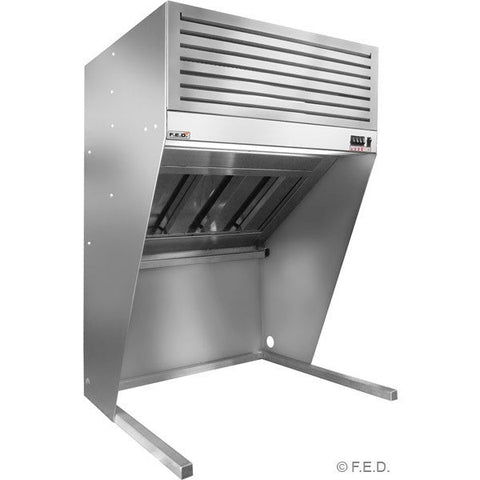

 Modular Systems Bench Top Filtered Hood HOOD-A
Modular Systems Bench Top Filtered Hood HOOD-A

 Modular Systems Bench Top Filtered Hood 1500Mm HOOD1500A
Modular Systems Bench Top Filtered Hood 1500Mm HOOD1500A
1500(W) x 700(D) x 1150(H)mm

 Modular Systems Bench Top Filtered Hood 1200Mm HOOD1200A
Modular Systems Bench Top Filtered Hood 1200Mm HOOD1200A
1200(W) x 700(D) x 1150(H)mm

 Modular Systems Bench Top Filtered Hood 1000Mm HOOD1000A
Modular Systems Bench Top Filtered Hood 1000Mm HOOD1000A
1000(W) x 700(D) x 1150(H)mm


 Modular Systems Range Hood And Workbench System HB1800-850
Modular Systems Range Hood And Workbench System HB1800-850
1800(W) x 850(D) x 1400(H)mm


 Modular Systems Range Hood And Workbench System HB1800-750
Modular Systems Range Hood And Workbench System HB1800-750
1800(W) x 750(D) x 1400(H)mm


 Modular Systems Range Hood And Workbench System HB1500-850
Modular Systems Range Hood And Workbench System HB1500-850
1500(W) x 850(D) x 1400(H)mm

 Modular Systems Range Hood And Workbench System HB1200-750
Modular Systems Range Hood And Workbench System HB1200-750
1200(W) x 750(D) x 1400(H)mm
With venting and air extraction being so essential to maintain comfortable working conditions in your commercial kitchen, few options are more convenient than ductless exhaust canopies. They typically feature washable filters and don’t require any of the external air venting of traditional exhaust canopies.
Portable, easy to install and exceptionally efficient, keep your kitchen up to scratch and explore the range. Shop the range of commercial range hoods from Restaurant Equipment Online with Australia-wide shipping options, no matter where you are in the country.
We offer a range of models to suit a wide range of kitchen setups, requirements and dimensions. The key types we stock are benchtop ventilation systems and worktop systems. None of them require ducting, making them easier to install in those difficult spots of the kitchen.
Benchtop ventilation systems are convenient options that come in a range of sizes, allowing you to get rapid and efficient ventilation above your cooking space. They can be used over your commercial oven, making for an easy and convenient means to keep your air clear and free from cooking odours. Some are also suitable for above appliances like deep fryers, through individual specifications will vary.
Our worktop ductless exhaust canopies include a workspace for your cooking, capable of housing up to four benchtop cooking appliances. They also feature storage underneath, all while serving to whisk away oil, steam and smoke from anything you’re cooking.
Yes, the range of sizes we have available combines storage and air ventilation while also creating a space for you to house appliances on and work at. Depending on the setup you already have, you can either opt for an all-in-one model if you have the floorspace or choose a model that can sit over an existing benchtop.
Our ductless exhaust canopies are made from stainless steel, ensuring that they’re capable of withstanding steam, oil and high-intensity heat. This also makes them resilient against rust, as well as being far easier to clean and maintain. Most of the air extraction goes through carbon filters, HEPA filters and polyester filters. Many filters can be washed in the dishwasher to ensure you get the most use from them possible before they need changing.
While the team at REO don’t offer installation ourselves, we have installation partners who can take care of everything for you. If you’re setting up a ductless exhaust canopy at the same time as something like a deep fryer or Bratt pan, they can take care of that, too.
Depending on the power rating of the appliances you’re running, ductless exhaust canopies can be a good option. For anything over 8kW, you’ll need something with full venting. However, for smaller cooking operations, including most countertop appliances, ductless exhaust canopies are an affordable and easy to setup option.
Different councils have slightly different requirements, so check the specifications to check that the model you want complies. Our range of ductless exhaust fans are made to meet safety regulations while also helping to filter out smoke, hot air and airborne particulates.
If you’re unsure which model is best for you and your kitchen, you can contact our team at any time for a personal recommendation and consultation.
Both have their own benefits and will be required at different times, depending on the layout of your kitchen and the power rating of your appliances. Ducted range hoods will remove greater volumes of air from your cooking areas, and are also necessary for placing over things like commercial dishwashers that can generate high volumes of steam. Rather than filtering the air within itself, ducted exhaust fans remove it from your kitchen entirely. If you have appliances rated at 8kW or higher, you’ll need a ducted model to comply with local regulations.
Anything requiring less than 8kW can benefit significantly from ductless range hoods when it comes to ambient air temperature, air quality and overall cleanliness. Without the ducting, they simply recycle the air within the filters and circulate it back into the room they’re stationed in. They’re smaller and easier to clean, don’t require additional installation and can often be moved, making them a lower-cost and more versatile option.
We recommend following the guidelines specified by the manufacturer of the model you have for best maintenance practices. However, as a general rule, filters will need to be replaced every 6 to 12 months depending on use. Grease filters, carbon filters and HEPA filters are all integral parts of ductless exhaust canopies, some of which can be cleaned in part between replacements.
Cleaning the grease filter more regularly is good practice, so check it around once a fortnight to once a month. This ensures you’re getting adequate airflow, keeping things sanitary, and helping extend the life of the motor in the long term.
Our range of commercial ductless range hoods is designed to operate as efficiently as possible, with models that are powered by electricity and natural gas. This gives you the option to choose the best for you. To optimise efficiency with lighting, they incorporate LEDs and, despite their low power consumption, can shift as much as 400 to 500 litres of air per second.
Many will come with a warranty for 2 years to start with, though this is a baseline of how long they can effectively run for. With proper care, including adequate filter changes and cleaning, your ductless exhaust canopies can last anywhere from several years to a lifetime.